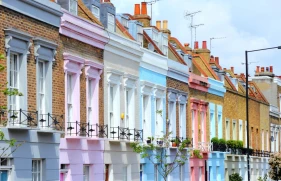
London's Coolest Neighborhoods
London is a vast city with many achingly cool neighborhoods
No Comments Found
Comments / Reviews are the subjective opinion of Travel Gay users, not of Travel Gay.
Join the Travel Gay Newsletter
What's On Today
More Gay Travel News, Interviews and Features
The Best Tours In London
Browse a selection of tours in London from our partners with free cancellation 24 hours before your tour starts.
The best experiences in London for your trip




















___original_397_217.webp)
___original_344_194.webp)
